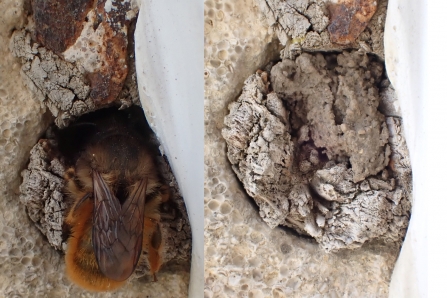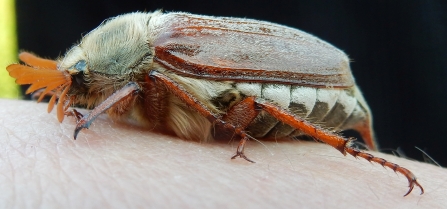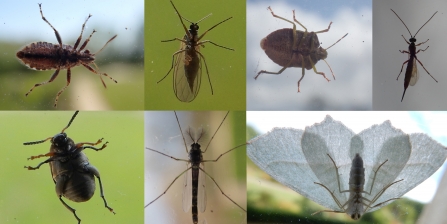One of life’s simple pleasures that can be enjoyed under lockdown is taking the opportunity to observe the wildlife that you can see from your window. I take great delight in watching the birds in the garden as they go about their daily business, looking for food, creating the next generation and squabbling with their neighbours.
However, I want to encourage you to look even closer to home, actually on or by the window itself, as I’ve been surprised to find quite a variety of species in this area.





